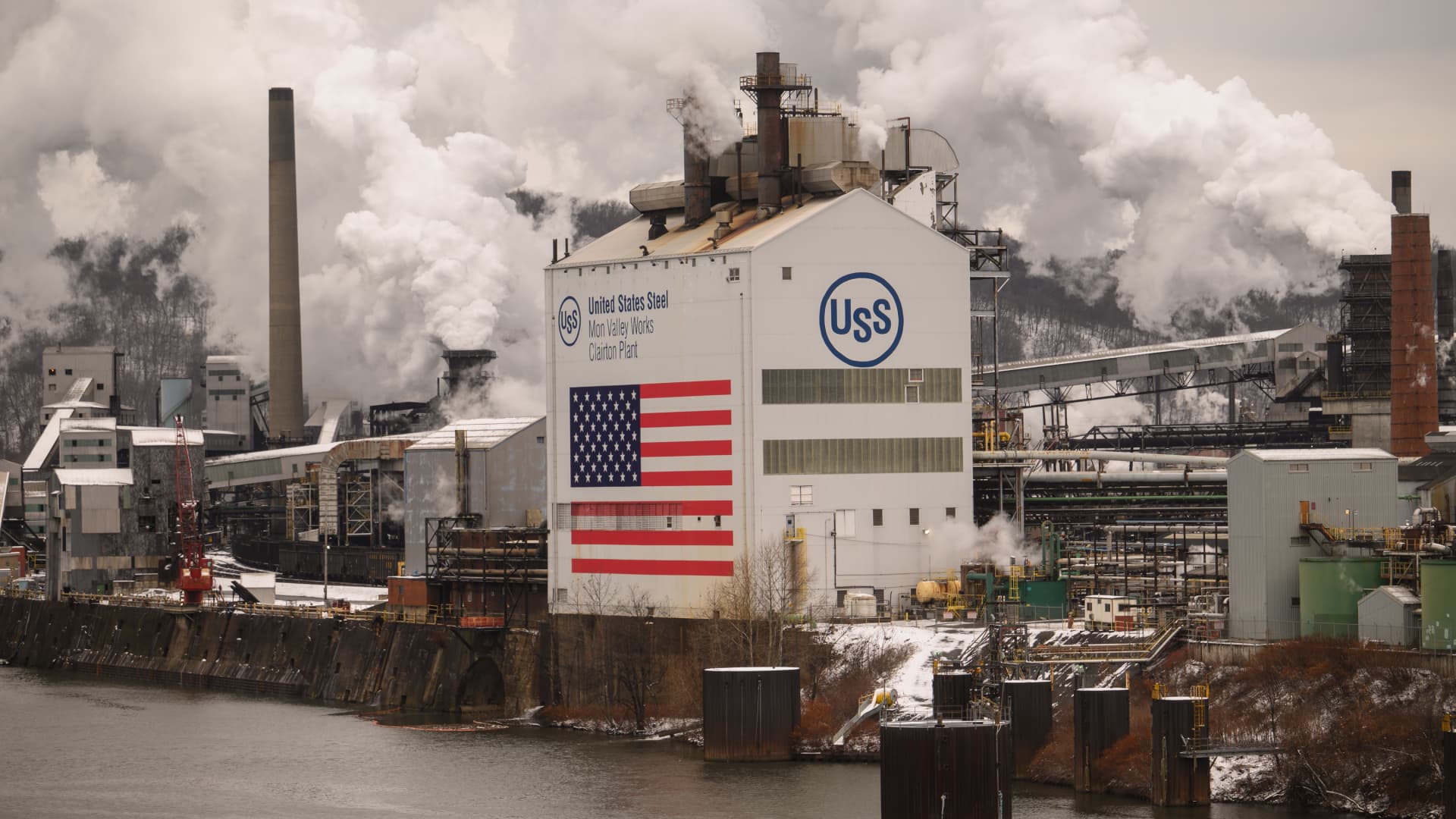Retail buyers’ concern of an “AI bubble” seems to have fallen off after spiking this summer time. It might imply the shares have additional to balloon earlier than they in the end prime out. The variety of U.S. and worldwide internet searches for the time period “AI bubble” peaked on Aug. 20 and Aug. 21, respectively, based on Google Tendencies information spanning the previous three years. Searches for the time period dramatically outpaced searches for “inventory market bubble,” “AI increase” and “crypto bubble” on the time. Peak curiosity in AI bubble searches got here shortly after a Massachusetts Institute of Expertise report discovered that 95% of organizations are getting zero return regardless of funneling between $30 billion to $40 billion in enterprise funding into generative AI. Across the identical time, Meta confirmed it paused hiring for its new AI division after happening a hiring spree, and OpenAI CEO Sam Altman additionally mentioned buyers appear to be “overexcited” about AI, and OpenAI’s long-awaited ChatGPT-5 mannequin launch did not impress customers . The hazard of an precise bubble in synthetic intelligence shares stays, however historical past exhibits it possible has additional to go. “Bubbles aren’t [a] neat linear course of,” Deutsche Financial institution strategist Adrian Cox wrote in a observe first mentioning the decline within the Google searches. What has occurred earlier than Cox famous that the Nasdaq Composite waded via good points and dips earlier than seeing explosive progress in 1999 that led to its peak in March 2000, the highest of the ‘dot-com bubble’ — however then the tech-heavy index worn out misplaced practically 78% of its worth between 2000 and its trough in October 2002. The tech-heavy benchmark “carried on capturing into the stratosphere effectively after discuss of a bubble turned commonplace, doubling within the 12 months to October 1999, then nearly doubling once more over the next 5 months till it turned,” Cox mentioned. He added that different manias have adopted related tendencies, together with the British railway boom-and-bust of the 1840s. Through the peak 12 months of spending in 1847, buyers put the trendy equal of over $1 trillion {dollars} into setting up public infrastructure, earlier than railway shares hit their lowest degree of that decade in 1849, based on a paper written by College of Minnesota emeritus professor Andrew Odlyzko. “Earlier booms and busts adopted related patterns … bubbles have a variable lifespan, with the South Sea bubble blowing itself out in seven months whereas the dot-com bubble took 5 years to pop,” Cox wrote, referring to the speculative monetary disaster brought on by main losses in British joint-stock firm South Sea Firm. What it means for the shares Given earlier bubble patterns, Wall Road strategists assume AI shares could proceed ballooning larger earlier than bursting. “We proceed to assume an even bigger bubble will emerge from AI earlier than it is over and anticipate valuation-sensitive buyers and people who thought US exceptionalism had peaked to get ‘stopped in’ over time,” Financial institution of America’s Nitin Saksena wrote Tuesday. GQG Companions additionally identified that AI shares might go even larger as buyers are caught in a “TINA” — there isn’t any various — commerce, the place tech giants stay the winners regardless of a significant shift the agency sees inside the sector. “For the primary time in our agency’s historical past, we imagine many giant expertise corporations right this moment — significantly these with significant roles within the AI infrastructure build-out — characterize backward-looking high quality. For a lot of the final 15 years, buyers who in contrast the exuberant durations within the expertise sector to the dotcom period have been repeatedly confirmed fallacious. Is it completely different this time? We imagine so,” the agency, which was traditionally chubby within the tech sector only a few years in the past, wrote in a Sept. 11 put up on its web site. “In our view, the implications of the present AI increase might be worse than these of the dotcom period, as its scale — relative to the financial system and the market — is way better,” the agency mentioned. Going ahead, MRB Companions strategist Salvatore Ruscitti believes buyers ought to have higher-than-usual portfolio diversification to the remainder of the U.S. fairness market in addition to in worldwide names, the place he mentioned the risk-reward seems extra favorable. Ruscitti identified in a Tuesday observe that buyers proceed to face twin dangers of ongoing AI exuberance and a extremely concentrated broader market, with the highest 10 shares within the S & P 500 comprising over 40% of the index’s market cap. Buyers ought to broaden publicity to the remainder of the U.S. fairness market, in addition to internationally the place the risk-reward trade-off is extra favorable, he mentioned. To make certain, robust earnings expectations and bets on upcoming rate of interest cuts once more proceed to assist the market’s rally in latest weeks. Main U.S. inventory indexes jumped to all-time highs this week as merchants continued to pile into mega-cap tech and high-flying AI performs which have led the S & P 500’s resurgence since its April lows. — CNBC’s Ryan Sammy contributed reporting. ( Study the perfect 2026 methods from contained in the NYSE with Josh Brown and others at CNBC PRO Reside. Tickets and data right here . )



